To this day, Kamikōchi, a remote valley in the Northern Japan Alps, remains one of the most scenic places I’ve ever visited. Featuring marshlands, wetlands and dense forest this subalpine valley is nestled amongst some of Japan’s highest and most dramatic peaks. Simply put, Kamikōchi’s stunning landscapes are a photographer’s paradise and a hiker’s heaven.
Abruptly woken from our slumber by our 4:15am alarm, we gathered our things, rolled up our futons and set off for the bus stop. Settling into our seats for the ninety minute bus ride to Kamikōchi, we promptly fell asleep but not before setting an alarm, as we planned to get off at the penultimate stop.
Just shy of 7am, Franc (our dorm-mate), Laurence and I hopped off the bus and made our way down to Taisho-ike Pond, one of Kamikōchi’s most iconic spots. Overlooked by the majestic Mt Yake-take, the active volcano whose eruption and subsequent mudslide created Taisho-ike Pond a century ago, and surrounded by marshland and lush green forests this was a breath-taking subalpine scene.
The early morning mist over the pond combined with the clouds swirling round the surrounding peaks made this an unforgettable sight. A small wooden jetty with several colourful rowing boats moored to it jutted out into Taisho-ike Pond and little wading birds pecking away at the vegetation completed the idyllic scene. Tearing ourselves away from this ethereal landscape was a challenge, but fortunately there were plenty more jaw-dropping vistas to come.
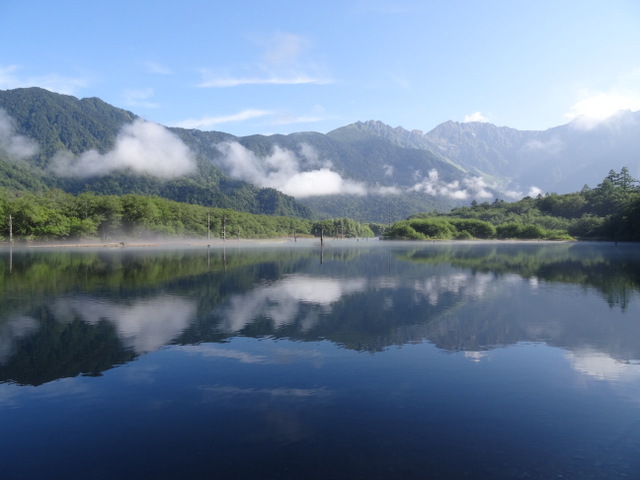
After parting ways with Franc, we ventured onto the woodland path which skirted the edge of the pond. A little further on, the path split with the Azusagawa Course following the river, whilst the Forest Course veered into the subalpine coniferous forest. We had no option but to follow the latter; the former was closed as the river was too high.
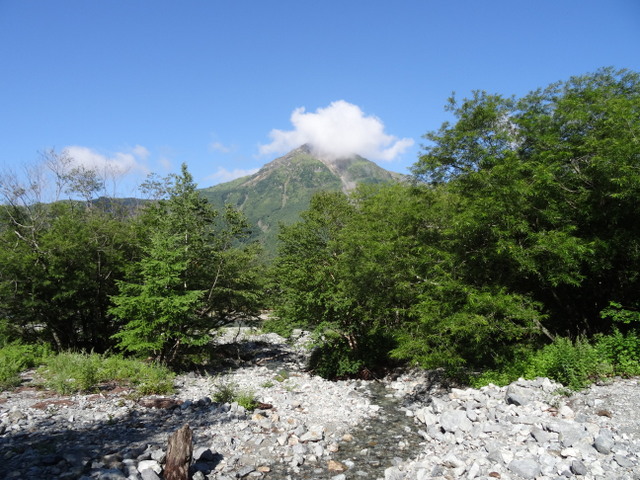
The dense canopy of Nikko firs and Japanese beeches, larches and white birches soon gave way to a clearing with savannah-coloured grass. A series of volcanic peaks – including Japan’s third highest, Mt Okuhotaka-dake (3190m) – loomed in the distance.
From here, we entered Japanese black bear territory; Black Bear Sighting Reports informed us that black bears had been spotted recently in the vicinity. One sighting was a mere twenty-four hours before we visited – though we’d seen a bear in Yosemite at close range, it did put us on edge a bit!
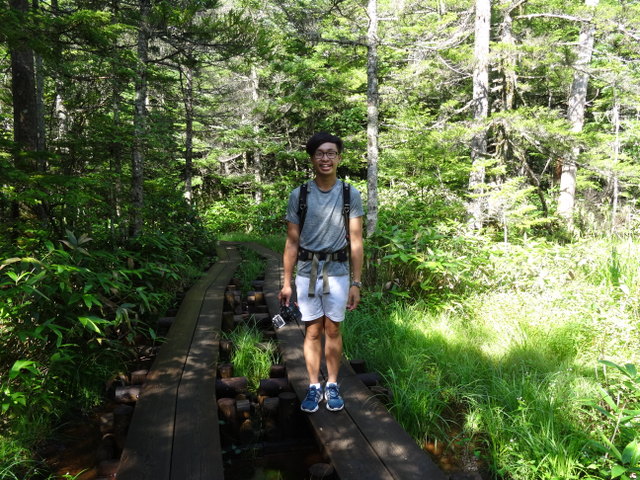
The tranquil forest boardwalk led us through dense vegetation, eventually emerging at the shoreline of the Azusa-gawa River. The water was extremely clear – on par with the Swiss lakes – and in some lights it looked almost azure-coloured.
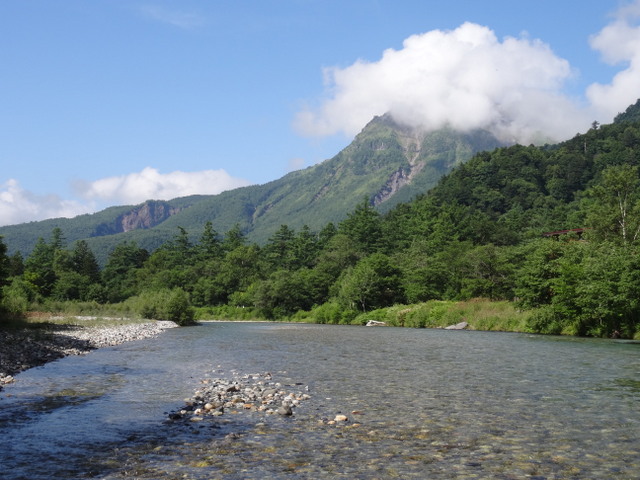
Arriving at the iconic Kappa-bashi Bridge – originally a handrail-less drawbridge, now a very bouncy suspension bridge – we could see the tour groups descending on Kamikōchi in droves; it definitely paid to get up at the crack of dawn and experience Kamikōchi without the crowds, if only for a couple of hours.
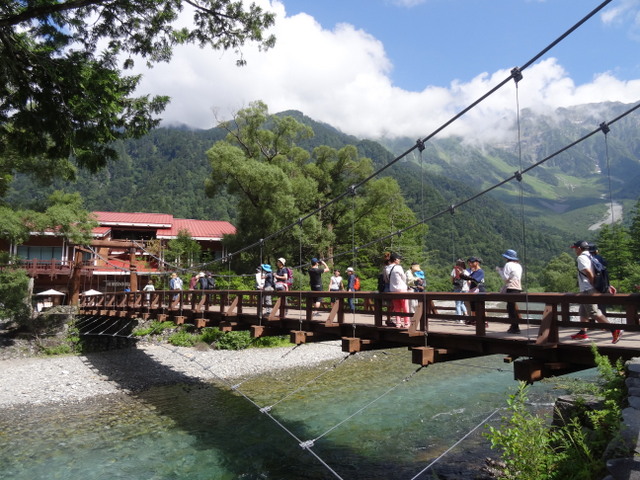
After crossing the bridge, we decided to continue up to Myojin-ike Pond, 3.3km upstream. Before long we reached Takezawa Marsh, where dozens of withered trees surrounded by wetland offered a stark contrast to the dense forest we’d seen up until that point.
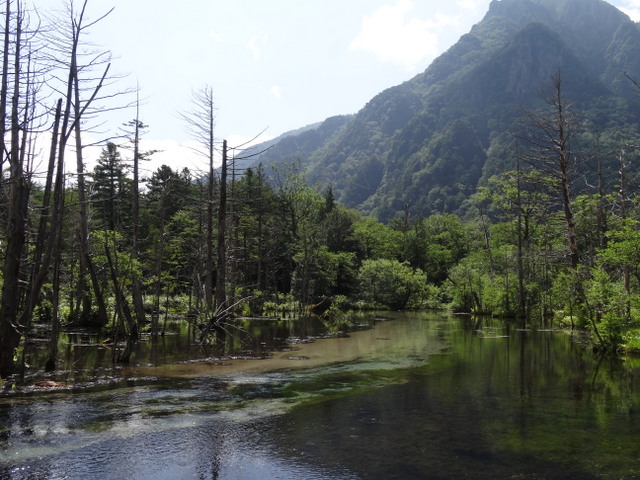
We then passed a series of small waterfalls before joining a stilted boardwalk which led us to Myojin-ike Pond.but the stellar views of this shallow pond and the surrounding marshland made it worth every yen. Gnarled tree roots and occasional patches of bog made navigating the narrow path a rather amusing experience!
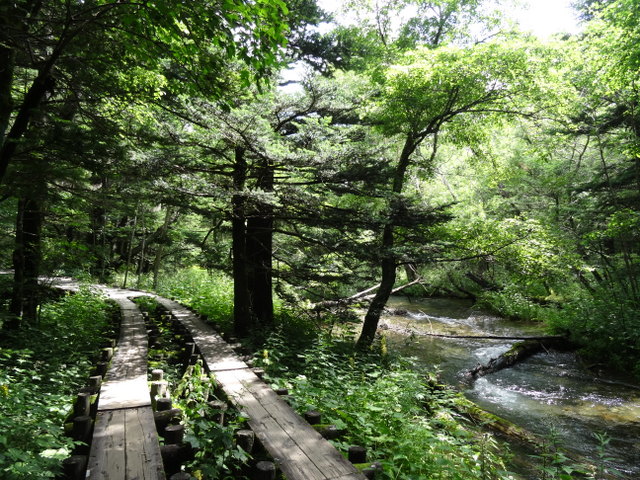
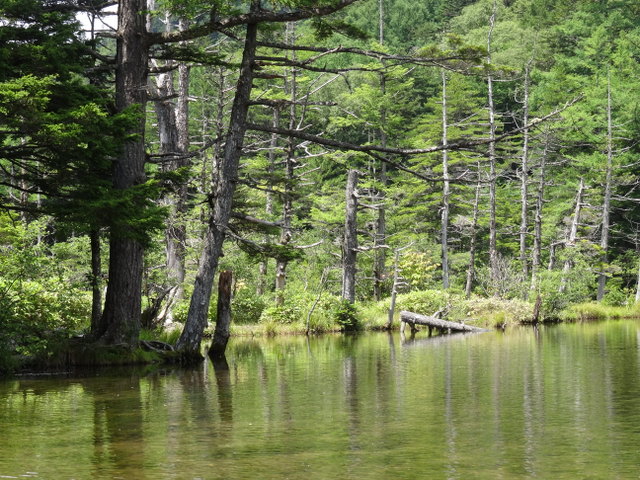
After feasting on crisp sandwiches, bananas and mini biscuits, we crossed Myojin-bashi Bridge to return to Kappa-bashi Bridge. Following the left bank of the Azusa-gawa River we passed numerous outcrops of mushrooms and even spotted a few butterflies and a lone dragonfly.
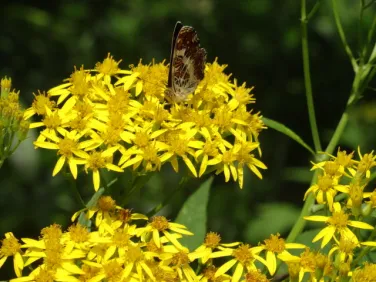
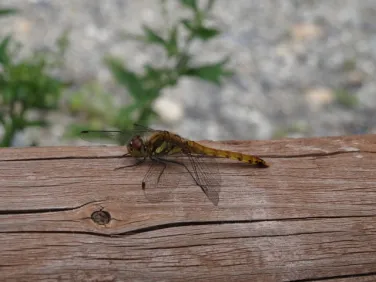
Cheery schoolchildren greeted us with variants of “Konnichiwa”; before we knew it we were back at Kappa-bashi Bridge. We browsed the visitor centre and a few of the little shops before returning to Matsumoto on the 15:15 bus (and train).
Back in Matsumoto, we wandered round the city centre and sampled a local speciality, taiyaki – a carp-shaped waffle with the texture of an ice-cream cone, filled with sweet red bean paste and ice cream. Though the idea of red bean paste in a dessert may sound off-putting, it was surprisingly tasty!
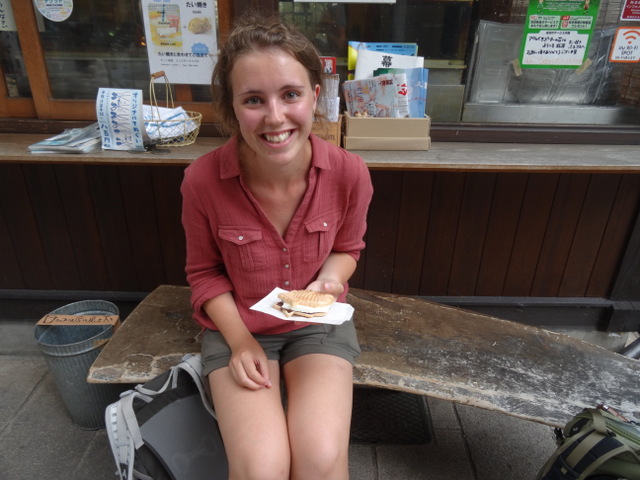
We had tea at the hostel before venturing out to locate the nearby onsen, a Japanese institution whereby you essentially bathe naked with strangers. Or friends. But in our case the former, since I messed up and it turned out to be a gender-specific onsen which had no private rooms to facilitate a mixed-gender onsen experience. Needless to say, neither of us were too keen to bathe on our lonesome, so we didn’t stay long. The thunderstorm was still raging, so we were soaked to the skin by the time we made it back to the hostel – and realised our umbrellas had been left behind at K’s House Mt Fuji. Fortunately, they were very helpful and forwarded them on to K’s House Kyoto, so we would be reunited with them shortly!
Tips:
- As part of the Chūbu-Sangaku National Park, road access to Kamikōchi is limited; private vehicles cannot enter the park beyond Kama Tunnel.
- Bring a picnic with you; there are food outlets, but prices are invariably higher and there’s a limited selection of produce.
- Onsen is usually a separate gender affair, and no tattoos are allowed. However, if you plan ahead many offer private rooms at a surcharge, so you don’t have to wear your birthday suit in front of strangers if you don’t want to.